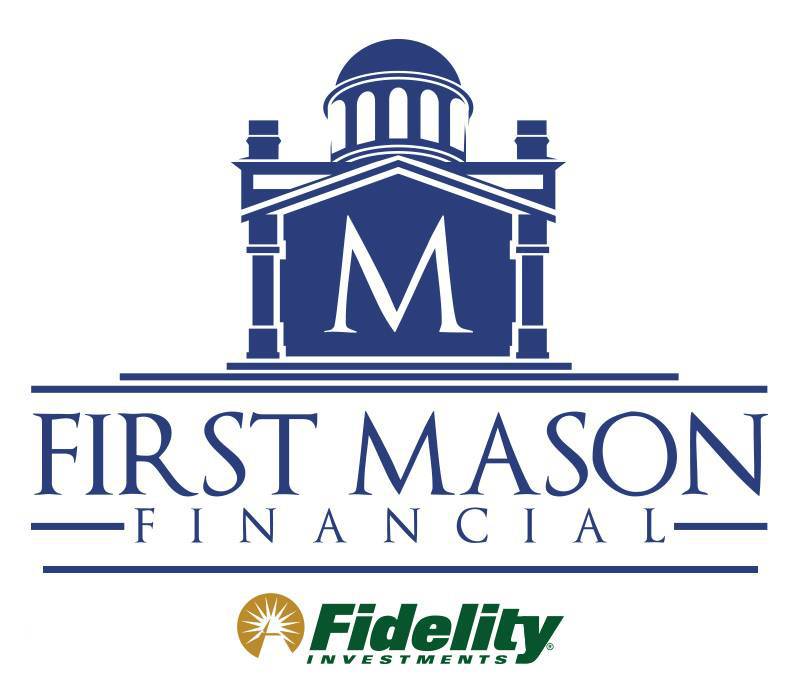Life Insurance: The Basics
How much do you know about life insurance? Maybe, like many people, you understand that it’s important without being clear on the specifics. If so, read on for a life insurance primer that will help you take the first steps.
Life Insurance: Purpose and Types
Let’s start by defining life insurance and its purpose. Life insurance is a way of creating an estate upon the death of the policyholder, whose beneficiaries receive money from the life insurance company. The purpose of life insurance is to cover the expenses that the policyholder is responsible for. So you should have enough life insurance to cover all your short- and long-term debts, including mortgage and any other debts, like a car loan. It should also replace the lost income that you won’t be around to provide. And there’s no need to be covered for more – you don’t want to be worth more dead than alive.
Now let’s get into the weeds of different types of life insurance. There are two main types: term life insurance and permanent life insurance.
- Term life insurance is a pure insurance policy, where you pay a premium in exchange for a death benefit for a specified period of time. The policy has no cash value, meaning that you don’t get any benefit from it during your lifetime. The older you are, the pricier it is to purchase a term insurance policy.
- A permanent life insurance policy has much higher premiums but provides both a death benefit and some cash value. There are different flavors of permanent insurance, like whole life, universal life, and variable life insurance.
Here are a few important things to remember about term life insurance vs. permanent life insurance:
- Nobody buys permanent life insurance products . . . permanent insurance is sold to people.
- Term life insurance is an easy and smart way to cover your family for the worst-case scenario.
- But life insurance is just that – insurance, not a retirement plan. Life insurance supports your family in the unlikely event that you die before your time; a retirement plan supports you in the more likely event that you live to enjoy retirement.
Life Insurance Strategy
So what’s the best way to maximize future security and minimize up-front cost? First, look to term life insurance. We mentioned that premiums for permanent life insurance are much higher than for term insurance. That’s because all of us are guaranteed to die at some point. But term life insurance premiums depend on the likelihood of the policyholder living to a certain age. That means a 25-year-old can buy 30-year term life insurance for practically nothing per month. Why? Because of the very low risk that a 25-year-old won’t live to age 55.
But buying term life insurance young isn’t necessarily a great value because that risk is so low. The best coverage cost/benefit value comes when a 35- to 40-year-old buys a new 30-year policy, because the chances of dying begin to rise exponentially toward the end of that term, ages 65 to 70, while premiums remain relatively low.
A good basic plan is to
- buy cheap term life insurance and
- save and invest the money you aren’t spending on permanent life insurance.
That investment, as it grows over time thanks to the magic of compound interest, will become a nest egg that might make your death benefit look like peanuts.
Grow Your Investments
Ready to start investing? Use our robo-advisor to start investing today. It’s as simple as point, click, invest.


